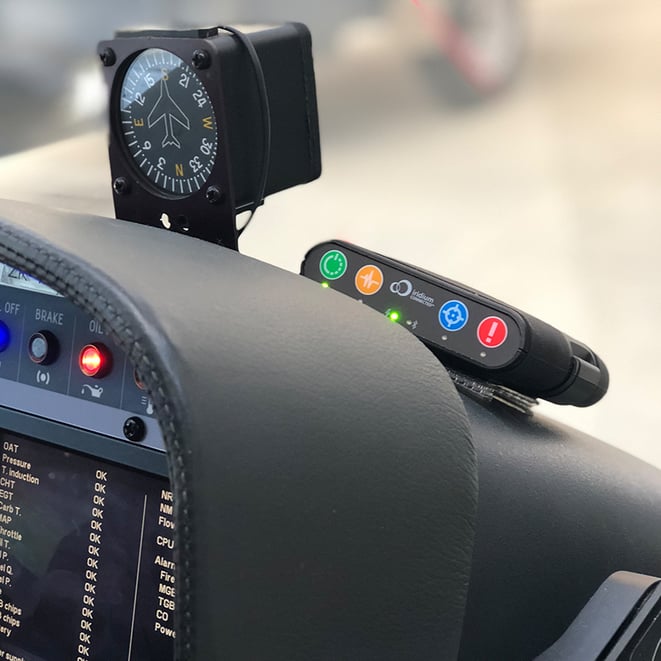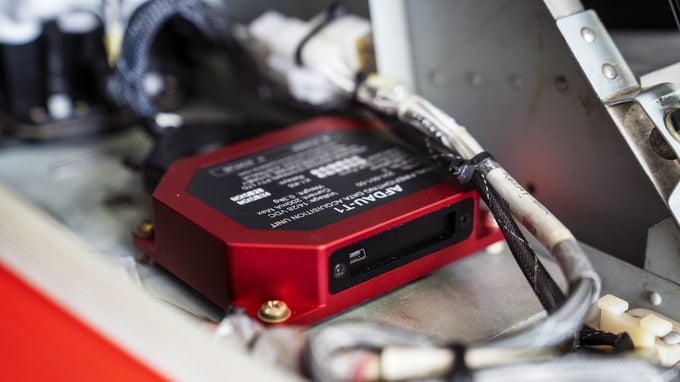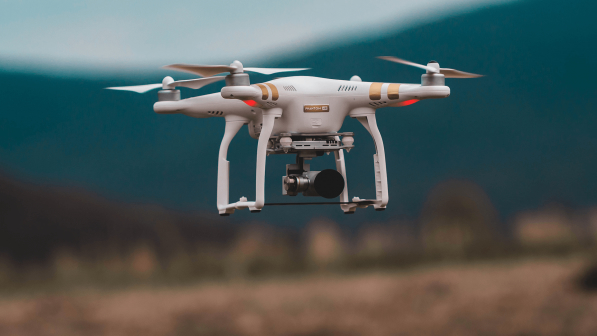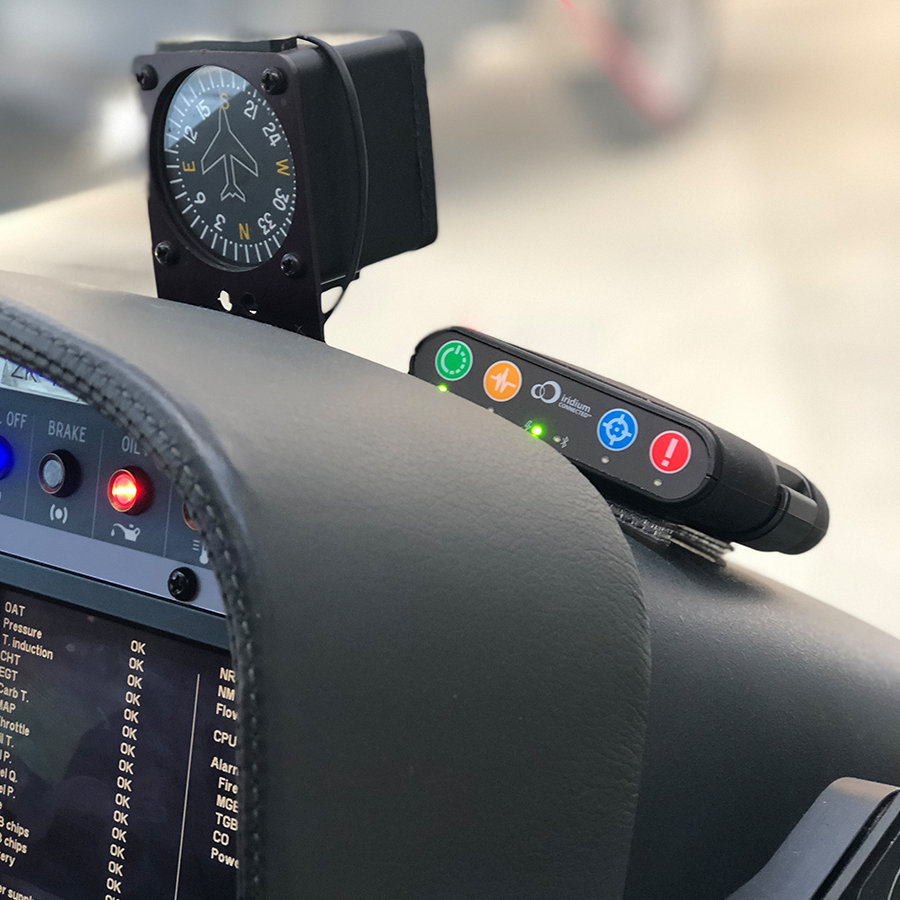Aerial firefighting is the use of aircraft to combat wildfires. These aircraft can drop water, fire retardant, and other fire-fighting agents to help contain and extinguish fires. The use of technology in aerial firefighting has greatly improved the efficiency and effectiveness of these efforts. This blog intends to explain the up-and-coming technology being used today.
- Satellite Tracking
- Common Operating Picture (COP)
- Additional Telemetry Units (ATUs)
- Drones
1. Satellite Tracking
One important technology that is used in aerial firefighting is aircraft satellite tracking. This technology allows firefighting agencies to track the location and movement of fires in real-time. This information is crucial for determining the best course of action for firefighting efforts. It also allows agencies to quickly respond to changes in the fire's behavior and spread. There are aircraft tracking devices such as the RockAIR which can track real-time location through both cellular and satellite networks, at a rate of 15-second reporting intervals.

2. Common Operating Picture (COP)
Another technology that is being used in aerial firefighting is the Common Operating Picture (COP). A COP is a real-time display of information related to any mission. For wildfire, this includes the location of the fire, the location of firefighting resources, and any other vital reporting data being captured. This information is gathered from various sources, such as satellite imagery and integrated data capture from tracking and telemetry devices. Fire managers use Common Operating Pictures to make decisions about where to allocate resources, such as where to send firefighting aircraft and ground crews.

3. Additional Telemetry Units (ATUs)
Telemetry reporting devices, commonly known as additional telemetry units (ATUs), are also increasingly being used in aerial firefighting. ATUs are devices that are installed on firefighting aircraft that collect data on the aircraft's performance and the volume of firefighting retardant that is dropped. This data is then transmitted to ground-based systems where it is analyzed and used to improve the efficiency and effectiveness of the firefighting efforts.

4. Drones
In addition to this, drones are also becoming useful tools in aerial firefighting. These unmanned aerial vehicles (UAVs) can be equipped with thermal cameras, which can detect the heat signature of a fire. This allows firefighters to locate fires in areas that are difficult to access, such as in dense forests or rugged terrain. Drones can also be used to map the fire's perimeter, which can help fire managers determine the best course of action for containing the fire.

Conclusion
Overall, the use of technology in aerial firefighting has greatly improved the efficiency and effectiveness of firefighting efforts. Satellite tracking, COPs, ATUs, and drones are just a few examples of the technologies being used to help combat wildfires. With the continued advancement of technology, we can expect to see even more improvements in the future that will help protect communities and natural resources from the devastating effects of wildfires. It is vitally important for firefighting agencies to continue to invest in and utilize these technologies to better protect communities and natural resources from the devastating effects of wildfires.
If you’re interested to learn how TracPlus is involved in improving wildfire response, let’s have a chat.
